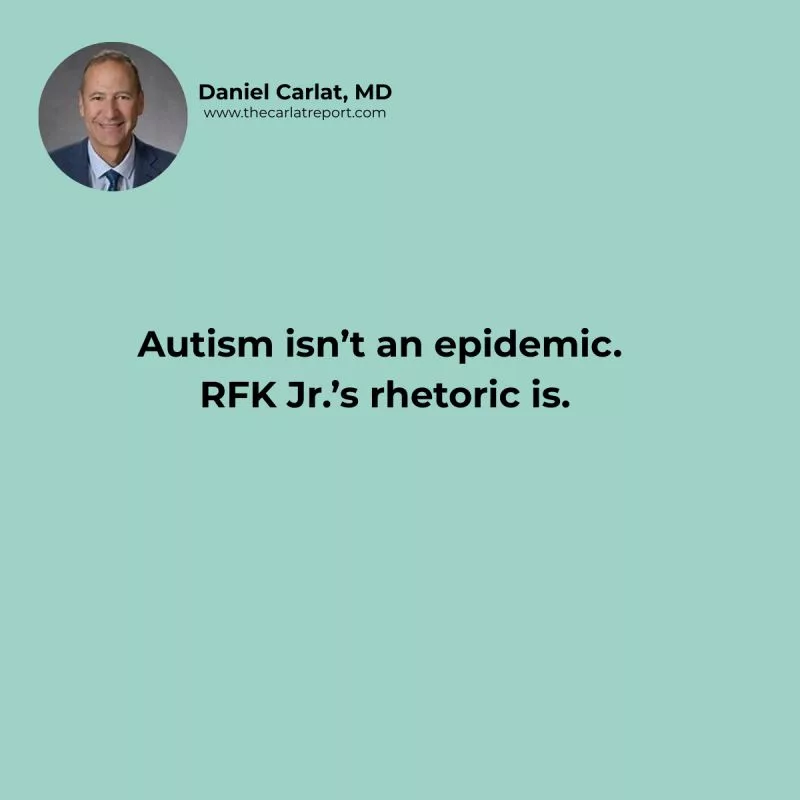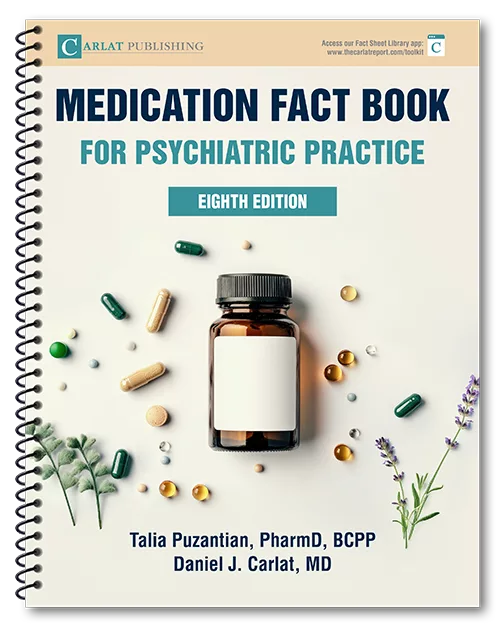RFK Jr. says the rise in autism is an environmental “epidemic.”
But a new Nature article (see link in comments) offers something he’s overlooking: decades of careful, unsensational research.
Autism diagnoses are increasing, yes. But that doesn’t mean the actual incidence of autism is.
↳ In my earlier LinkedIn post on RFK Jr.'s parallel universe version of autism, I walked through how DSM criteria have broadened, how diagnostic access has widened, and how structural incentives shape what gets diagnosed.
Now this new piece adds further clarity—and a few quiet warnings.
▸ Diagnostic definitions changed dramatically in the 1990s and again in DSM-5
→ A Danish study found that 60% of the rise in autism rates could be explained by changes in classification and reporting alone.
▸ Awareness has grown—and stigma has lessened
→ That means more parents, educators, and clinicians are noticing traits and pursuing evaluations. Especially for girls, minority groups, and adults.
▸ The criteria themselves are applied differently now
→ One researcher put it plainly: “I diagnose people today that I would have excluded ten years ago.”
So what’s actually causing autism?
The short answer: It’s complicated.
▸ Genes are the strongest factor—heritable traits, rare mutations, polygenic risks
▸ Environmental factors like air pollution or prenatal infections may play a smaller role
▸ But decades of studies have shown no link between vaccines and autism.
Still, RFK Jr.—now leading HHS—is reviving old conspiracy frameworks.
He’s launching a $50 million initiative to find “the toxin” behind autism.
All while his administration is cutting research and services that autistic people already depend on.
The rise in autism is real.
But the reasons are more structural than sinister.
And more hopeful than we often assume—because they reflect progress, not collapse.
If this helped cut through the noise, feel free to share.
Join the conversation on LinkedIn with Dr. Carlat.


_-The-Breakthrough-Antipsychotic-That-Could-Change-Everything.webp?t=1729528747)



